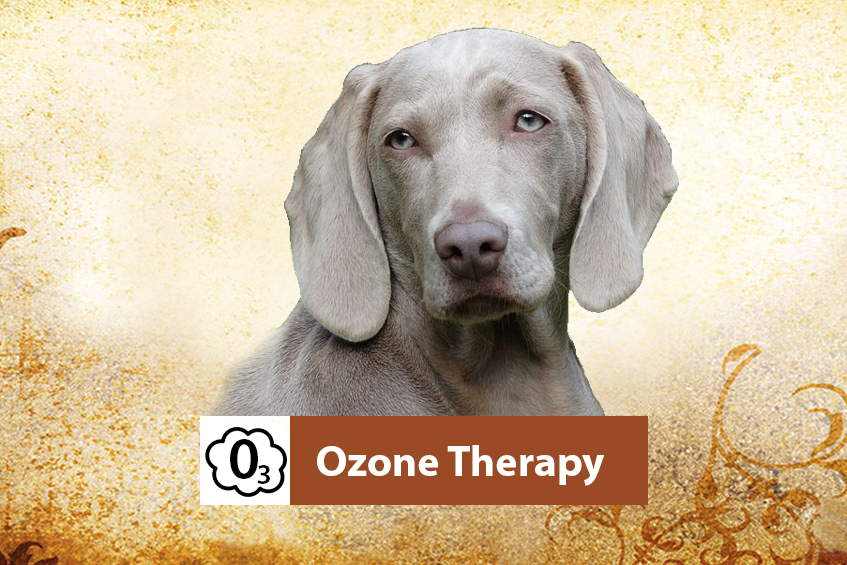Ozone Therapy
What is ozone therapy?
Ozone therapy is basically introducing a mixture of ozone and oxygen into the body, which then reacts with the cell membranes.
Ozone has 3 properties by which it acts:
- It is an unstable molecule that combines with oxygen but tends to release the oxygen to get back to a stable form.
- It is highly reactive and reacts with biological fluids in the body.
- Being highly soluble compared to oxygen, when introduced in the body, it will integrate into biological fluids quickly.
Ozone is a gas, the smell you get when lightning hits the ground. It is formed in the atmosphere continuously when UV radiation splits an oxygen molecule into 2 atoms. Each of these atoms combines with oxygen to form ozone. The ratio is about 3-5% of ozone, 95-97% oxygen.
Ozone therapy can produce positive effects when applied in low-moderate doses to the body.
In simple terms, it helps your cells function better!
History of Ozone
Medical Ozone therapy has been used as early as 1856 and in WWI it was used to treat gangrene and abscesses. Tesla patented the ozone generator in 1896.
Mechanism of Action
When introduced into the body at the correct dose (10-80micrograms/ml blood), it safely interacts with biological fluids, creates a cascade of events and this creates the beneficial responses.
Immediately on entry into the body, the ozone reacts with anti-oxidants, fatty acids in cell membranes and biological fluids.
ATP is generated (molecules that stores energy in our cells) and oxygen transport is increased– this is why many human patients experience euphoria after ozone treatments.
If administered consistently over weeks or months, there is a cumulative anti-inflammatory, anti-oxidant and immuno-modulatory response.
Benefits of Ozone Therapy:
- Anti-inflammatory
- Antioxidant
- Neuroprotective
- Analgesic
- Cancer – tumours contain areas of low oxygen. Tumour cells adapt to hypoxia and learn to survive and multiply. Ozone used in conjunction with chemotherapy can help cancer patients.
How is Ozone Administered
- Rectal ozone/intravaginal: a precise concentration and volume of ozone based on body weight is delivered through a catheter into the rectum.
- Subcutaneous: ozone is bubbled though saline and administered as a sub-cutaneous fluid injection.
- Minor autohemotherapy: small volumes of blood 1-5ml are drawn from the patient and mixed with ozone gas and then injected by intramuscular injection weekly.
- Major Autohemotherapy: calculated volumes of blood are drawn from the patient, mixed with a precise concentration and dose of ozone-oxygen mixture and then slowly injected back intravenously into the patient. Sometimes we all pass the blood through ultraviolet light to enhance the beneficial response.
- Skin flushing/oral rinse for wounds
- Topical in oil: applied on skin lesions
- Insufflation/bagging: ozone gas is delivered over wounds or swellings through a closed system.
Ozone should not be inhaled as it can be toxic when breathed in therefore we use a closed system for this and ensure the area is well-ventilated.
Conditions Treated
- Musculo-skeletal applications: for arthritis in geriatric patients. Introduced as joint injections
Can be combined with stem cells, Platelet Rich Plasma and other therapeutic options. - Neuro-muscular applications: Fibromyalgia, disk disease
Acupuncture and ozone: direct ozone can be injected to enhance acupuncture results, about 1-2ml per point.
Skin Issues:
- Viral infections: Feline Leukemia/Distemper virus
- Kidney disease: ozonated subq fluids and rectal ozone.
- Oral cavity: gingivitis, abscesses, fistulas. Please note that advanced cases will still require dental surgery.
- Pulmonary effects: lungs do not have the protective mechanisms as blood so harmful in lungs. The circulating anti-oxidants are much less here. While it is not fatal if you breathe in small amounts, it is better to be safe and not breathe in ozone.
I have been using ozone in my practice for the past one year and have seen some amazing results. My own cat started to develop dementia a few months ago. He has kidney disease, heart disease and osteo-arthritis. However, with weekly rectal and sub-cutaneous ozone treatments, he is no longer showing signs of dementia. If you think your pet will benefit from ozone treatments, reach out to an integrative veterinarian near you that offers this as an alternative therapy.



No Comments